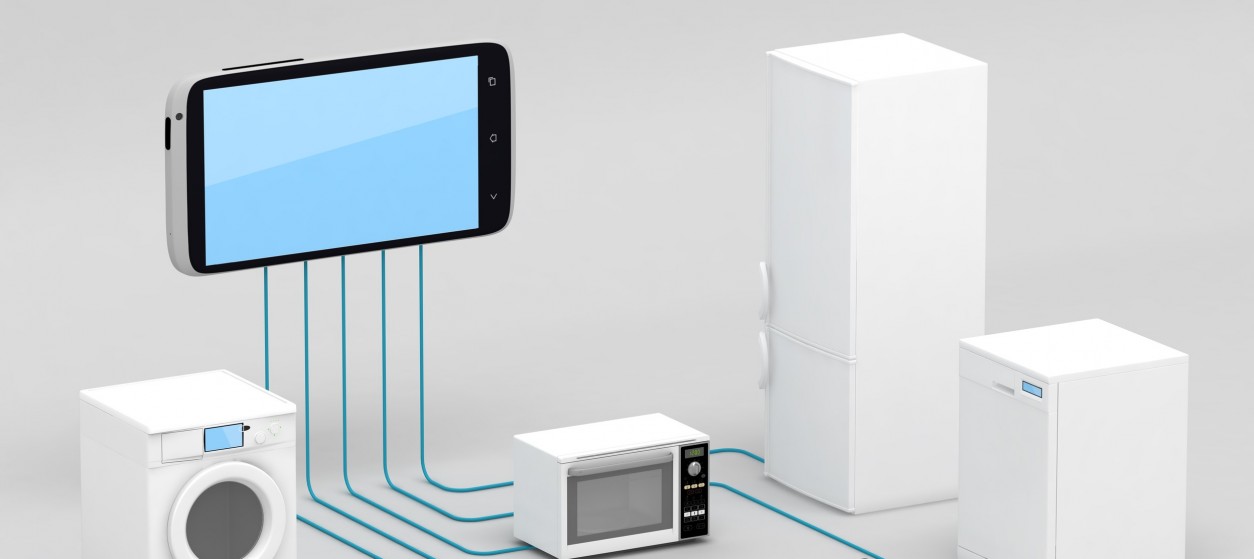Edge computing is an emerging technology that processes data closer to its source in order to reduce latency and improve response times. It is becoming increasingly important as the use of Internet of Things (IoT) devices and the need for real-time data analysis grows, given that edge computing infrastructures facilitate real-time data processing. Furthermore, edge computing offers significant cybersecurity and data protection benefits, as it reduces the attack surface of applications by obviating the need to move large volumes of data to the cloud. Based on these benefits, edge computing is changing the landscape of computing and is enabling a shift from traditional centralized computing models towards more distributed architectures. Nowadays, there are many ways for deploying such distributed computing architectures based on edge nodes and their interactions with cloud computing infrastructures. Hence, edge computing deployers had better understand these different models, including their pros and cons for various applications.
Fog Computing
Fog computing is one of the most popular flavours of edge computing. It is a distributed computing paradigm that extends cloud computing to the edge of the network. In fog computing, data processing and storage are performed on devices located at the network edge rather than in a centralized cloud. These devices are conveniently called fog nodes. The advantages of fog computing include reduced latency, improved reliability, and better data privacy. However, fog computing also has some disadvantages, such as increased complexity and reduced scalability. Examples of fog computing use cases include low latency applications for autonomous vehicles, smart cities edge computing, and industry 4.0.
Federated Learning
Federated learning is an edge computing approach to machine learning. Specifically, it is a machine learning technique that allows multiple parties to collaboratively train a model without sharing their data. In federated learning, each party trains its local model on its own data, and then the models are combined to create a global model. Like with other forms of edge computing and edge machine learning, the advantages of federated learning include enhanced data privacy, reduced communication costs, and improved scalability. However, federated learning also has some drawbacks, such as slower convergence and reduced model accuracy. Some of the most prominent applications of federated learning are found in mobile devices, healthcare, and finance.
Swarm Learning
Swarm learning is one more distributed machine learning technique that can be implemented based on edge computing configurations. It combines federated learning and swarm intelligence. In swarm learning, multiple parties work together to train a machine learning model in a decentralized manner. The advantages of swarm learning include enhanced privacy, reduced communication overhead, and improved convergence speed. On the other hand, its main disadvantages lie in its increased complexity and reduced scalability. Examples of swarm learning applications are found in autonomous vehicles, robotics, and smart grid deployments.
Cloudlets
Cloudlets are small-scale, lightweight cloud data centers that are located at the network edge i.e., they enable edge computing deployments. In cloudlets, data processing, and storage are performed in a local cloud rather than in a centralized cloud. The cloudlets benefits include reduced latency, improved data privacy, and better control over data. However, cloudlets also have some disadvantages, such as increased infrastructure costs and reduced scalability. Examples of cloudlet applications include mobile and IoT devices, smart homes, as well as Augmented Reality (AR) Edge Computing and Virtual Reality (VR) Edge Computing applications.
Function-as-a-Service
Function-as-a-service (FaaS) is a cloud computing model where software functions are hosted and executed on the cloud, yet they can be also deployed in edge configurations. In FaaS, developers write software functions that can be invoked by web requests or events. The advantages of FaaS include reduced infrastructure costs, improved scalability, and better fault tolerance. The disadvantages of FaaS include increased complexity and reduced control over the execution environment. Popular examples of FaaS applications include the implementation of event-driven architectures and chatbots in various industrial domains.
Mist Computing
Mist computing is similar to fog computing but operates on a smaller scale. In mist computing, computing resources are located closer to the edge of the network than in fog computing, which allows for even lower latency and higher performance. Mist computing is particularly suitable for applications with strict real-time requirements, such as real-time industrial automation (e.g., real-time control and defect detection) and autonomous vehicles.
Satellite Edge Computing
Another emerging paradigm is satellite edge computing, which leverages the power of satellites to provide computing resources at the network edge. In satellite edge computing, data processing and storage are performed onboard the satellite or in a satellite ground station. This enables real-time data analysis and faster response times. Satellite edge computing is particularly useful for applications that require fast, reliable, and secure communications, such as disaster response and military operations.
Hybrid Cloud/Edge Computing
The concept of hybrid cloud and edge computing involves computing resources that are distributed between the cloud and the edge of the network. This model offers the best of both worlds: It combines the scalability and flexibility of the cloud with the low latency and high performance of edge computing. Hybrid cloud and edge computing is particularly useful for applications that require a mix of centralized and distributed data processing, such as Internet of Things (IoT) edge computing analytics and video streaming. With hybrid cloud/edge computing the edge computing vs. cloud computing dilemma comes to an end, as both models can be combined in a single system of systems.
Specialized Edge Computing Paradigms
In addition to the earlier presented edge computing models, there are also specialized edge paradigms that address the needs of specific use cases. For example, blockchain edge computing combines the security and immutability of blockchain technology with the low latency and high performance of edge computing. This model is particularly suitable for applications that require secure and transparent data processing, such as supply chain management and digital identity. As another example, the mobile edge computing paradigm has recently emerged to address edge computing use case involve roaming objects i.e., mobile edge computing applications.
Overall, edge computing is an emerging technology that offers an alternative to traditional centralized computing models. There are several ways for implementing edge computing applications based on a variety of deployment configurations, which can deliver a great deal of the edge computing benefits and applications. Earlier paragraphs have provided basic information about various edge computing models and deployment paradigms, including fog computing, federated learning, swarm learning, cloudlets, mist computing, hybrid cloud/edge computing, and serverless computing based on the function-as-a-service model. Each of these models comes with some unique advantages and disadvantages, which make them suitable for different use cases. The availability of alternative deployment paradigms is very positive and beneficial for deployers of edge computing applications as soon as deployers understand how to select the best possible model for their use cases. This is the reason why a good understanding of the pros and cons of the different paradigms is needed.









